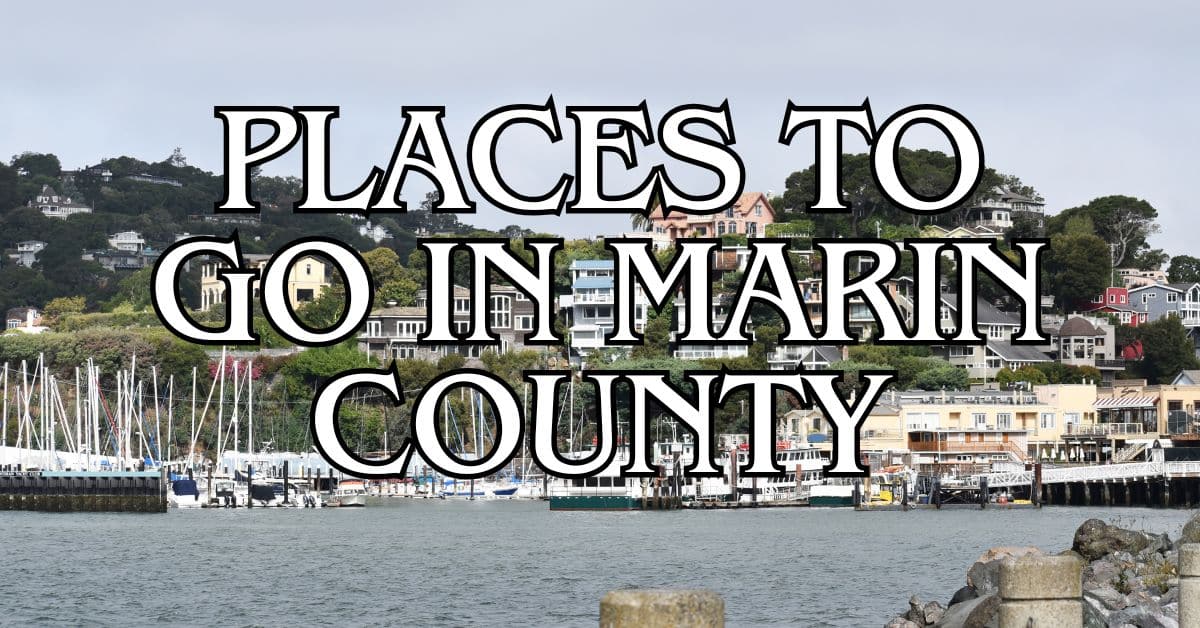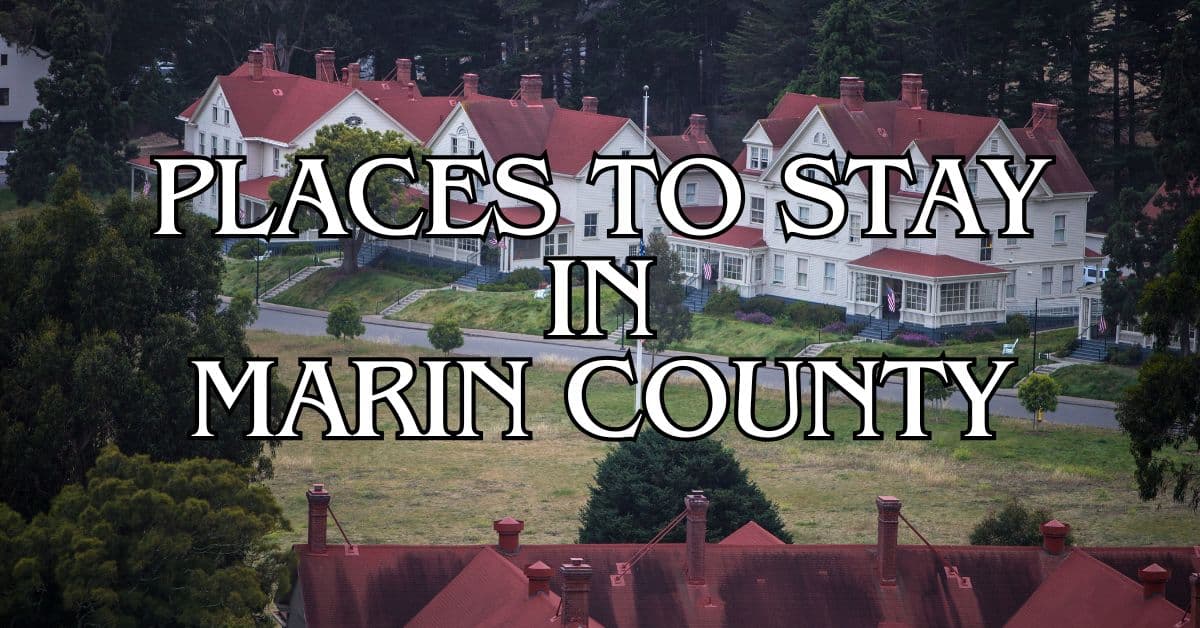The recent scrutiny of MCE, formerly Marin Clean Energy, has kicked off a real conversation about governance, transparency, and accountability at one of Marin County’s most visible public agencies. MCE provides between 60% and 100% renewable energy to more than 1.5 million customers in Marin, Contra Costa, Napa, and Solano counties.
This agency launched in 2010 with a bold environmental mission. But longtime Marin columnist Dick Spotswood worries the agency’s governance structure is letting communities down—raising alarms about rising rates, board dysfunction, and a lack of expert oversight.
Discover hand-picked hotels and vacation homes tailored for every traveler. Skip booking fees and secure your dream stay today with real-time availability!
Browse Accommodations Now
The Roots of MCE’s Governance Problem
Back in 2010, MCE was a much smaller operation, serving mostly Marin towns like San Rafael, Novato, and Mill Valley. The governance model—a 34-member board made up entirely of elected officials—fit that local scale.
But as MCE expanded into other counties and towns—Fairfax, Larkspur, and Corte Madera included—the board size never changed. Spotswood points out that this huge, unpaid board makes decisions slowly and weakens oversight.
Instead of tight, focused leadership for a regional energy provider, meetings often get bogged down in politics. With so many board members juggling their own city or county work, important operational questions sometimes go unanswered.
Why a Smaller Board Could Mean Better Oversight
Spotswood leans on a Wall Street Journal study showing that smaller boards—about nine members—work more efficiently. They’re quicker, spot poor leadership sooner, and avoid “groupthink.”
He suggests cutting MCE’s board to nine members, and crucially, adding public appointees with backgrounds in energy policy, finance, and law. This could mean places like Tiburon or Sausalito get leaders who actually understand energy markets, not just local politics.
Rates Rising Despite Lower Wholesale Costs
On the financial side, Spotswood flags a worrying trend: MCE’s rates have gone up, even though wholesale energy prices have dropped. This makes you wonder about financial management and efficiency.
In Marin communities like Ross, Bolinas, and Belvedere, a lot of residents support renewable energy but still expect careful spending. These rate increases deserve a real explanation.
Ross Councilmember Matt Salter decided to dig into the rate changes and fiscal questions himself. Instead of sparking an open conversation, his investigation triggered anonymous complaints and got him removed from the MCE board.
This episode shows how the current governance model might be shutting down dissent and discouraging independent oversight.
The Directors Who Are Pushing For Change
Still, not everyone’s giving up. Within Marin’s delegation to MCE, directors Stephanie Andre, Sally Wilkinson, and Jill Hoffman have shown they take their fiduciary duties seriously.
They push for more accountability, more transparency, and real reforms to how MCE operates. For folks in Marin City, Greenbrae, and Kentfield, these directors offer a bit of hope that someone inside the system wants to fix it.
The Bigger Picture for Marin’s Energy Future
MCE’s mission—bringing cleaner, renewable energy to homes and businesses—matters a lot in a warming world. Marin County’s leadership in sustainability has inspired other California communities.
But without strong governance and oversight, even the best-intentioned agencies can lose their way. Maybe Spotswood’s right that restructuring MCE’s board is the move that could restore efficiency and public trust.
Final Thoughts
Marin keeps running into climate challenges, and agencies like MCE stand right at the center of it all. The way they’re governed could really shape what happens next.
If the board got smaller and brought in more experts, maybe we’d see lower rates and smarter planning. It’s not a guarantee, but it’s a real possibility.
But will leaders actually take those steps? That’s still up in the air. Marin residents need to keep an eye on things and make sure their energy provider stays accountable.
In short:
The fight over MCE’s future isn’t just about who sits on the board. It’s about whether Marin—stretching from Petaluma’s border all the way out to Point Reyes Station—can actually set an example for running systems that are green and genuinely well-managed. That’s a big ask, but isn’t it worth aiming for?
Here is the source article for this story: Dick Spotswood: MCE should reconsider board’s structure
Find available hotels and vacation homes instantly. No fees, best rates guaranteed!
Check Availability Now





